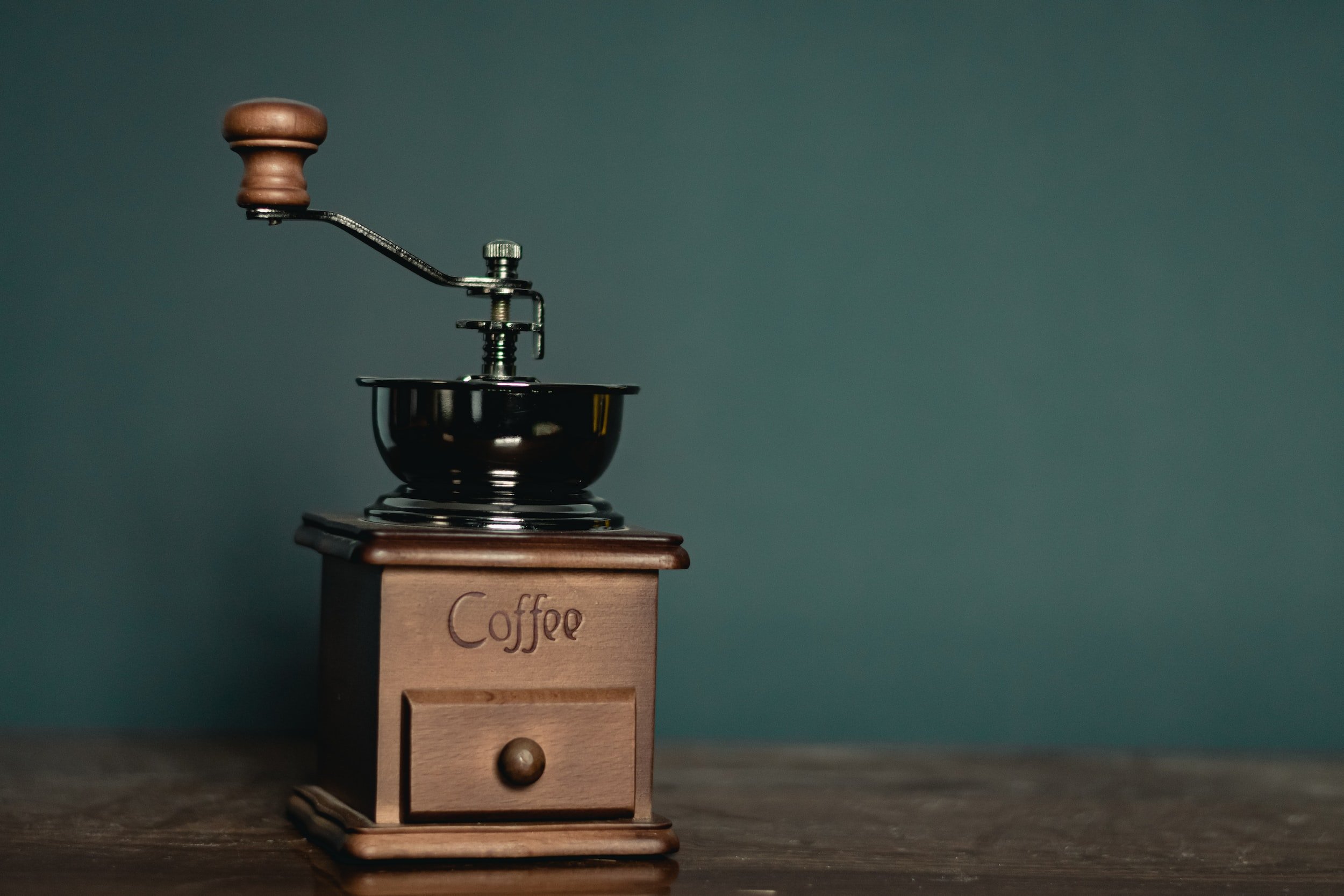How to Grind Coffee
When we are looking to improve how our coffee tastes when brewing at home, Brew methods are often what we look at first to upgrade our home coffee brewing. However, knowing how to properly grind your coffee will make a huge impact on the quality and taste of your morning cup of joe. In this guide, we’ll walk you through how coffee is extracted, share our grind sizes guide, and chat about what grinders we use on the farm.
Why does coffee grind size matter?
When coffee is ground correctly it brings out the best flavor of your coffee beans. Coffee is brewed by extraction of its soluble materials like caffeine, sugars, lipids(oils/fats), acids, and carbohydrates. All of these give coffee its iconic flavor that all of us coffee lovers can’t live without. The ultimate goal when we are brewing the perfect cup is to extract the proper amount of solubles to create a balanced cup of coffee. For us to do this we need to control whichever variables we can. Grind size and brew time are two key variables we can control and adjust as needed for perfecting extraction. If coffee is ground too fine or brewed too long it will be over-extracted and will taste bitter due to the bitter solubles overwhelming the sweetness. On the other hand, if it’s ground too coarse or brewed too quickly it will be under-extracted and will taste sour due to the lack of sweet-tasting solubles getting extracted. This is why properly grinding your coffee matters and will help you to get the best flavor out of your favorite roasted coffee beans.
Whole bean or pre-ground?
If you have been here long enough you know the answer is 100% whole bean. But for those of you new around here, roasted coffee slowly loses its freshness and becomes stale over time due to oxidation. The greater the surface area for the air to get to, the faster the rate of its deterioration. That’s why it’s best to start with freshly roasted whole-bean coffee. To avoid your coffee tasting stale and for the most flavorful cup, we recommend brewing coffee that’s been roasted within 45 days and brewing pre-ground coffee within three weeks of it being ground.
Blade vs. Burr Coffee Grinders
Blade coffee grinders are more like food choppers than coffee grinders. They are notorious for inconsistency since the blade only chops what it comes in contact with. The fineness of the grind is determined by the time in the grinder causing inconsistency. This inconsistency means the smallest particles will over-extract whereas the larger particles will under-extract when brewed which won’t produce the best cup of coffee. Blade grinders are generally smaller and more affordable. But if you’re looking to get the best brew out of your beans, you should select a burr grinder.
Burr Grinder
Burr coffee grinders crush coffee beans by passing them through two rotating metal or ceramic burrs. Unlike the blade grinder, the fineness of the grind is determined by the space between each of the burrs and not the amount of time grinding. This produces a very consistent grind. There are two types of burr coffee grinders: flat burr and conical burr. Flat burr grinders have two metal rings that rotate in opposite directions whereas conical burr grinders have one stationary ring while a cone-shaped burr rotates and presses the beans into the stationary burr. The grinder used in your favorite cafe is more than likely a conical burr grinder, which is also the type of grinder we are using on the farm
Grinding your Coffee Beans
Let’s get started. Whether you're looking to grind coffee for a french press, or your home coffee maker, or want to dial in that perfect pour-over, follow this coffee grinding guide for all your favorite brew methods. This will give you a good starting point from which you can dial up or dial down to get your extraction just right.
Cold Brew
Cold brew is brewed with room temp or cold water which makes your brew time really long. And since your brew time is long, grinding extra coarse will ensure you’re not over-extracting your beans.
Grind: Extra coarse
Texture: Coarsely cracked pepper
Ratio of coffee to water: 1:10
Brew time: 12 hours for ready-to-drink cold brew. 24-48 hours for concentrates of varying strength.
Want to learn more about coffee-to-water ratios?
French Press
French presses are a popular brew method for folks just venturing into the home barista realm. They have a metal screen to separate the coffee grounds from the water. But because the screen isn’t ultra-fine, you’ll want to grind a bit coarse to prevent a lot of grit from ending up in the bottom of your cup.
Grind: Coarse
Texture: Sea salt
Ratio of coffee to water: 1:12
Brew time: 4 minutes
Drip Coffee Maker
Drip coffee makers are basically just automated pour-overs. You want the water to move through the beans and into the carafe at a rate that isn’t too fast or too slow. A medium course to medium grind is best for that flow rate. On our Baratza Encore Conical Burr Coffee Grinder, the setting is 19
Grind: Medium Coarse to medium
Texture: Kosher salt
Ratio of coffee to water: 9-10g per “cup”
Brew time: 5 min
Pour Over
For pour-overs, water should move through the beans and into the carafe within a given target brew time. A medium-fine grind is best for that flow rate. On our Baratza Encore Conical Burr Coffee Grinder, the setting is 16
Grind: Medium-Fine
Texture: Table salt
Ratio of coffee to water: 1:15
Brew time: 3:30 - 4 minutes
Aeropress
Aeropress has a faster brew time than a pour-over, but since you’re giving it a little extra oomph by applying pressure, a medium grind size will help you hit the extraction target.
Grind: Medium-Fine
Texture: Table salt
Ratio of coffee to water: 1:12
Brew time: 2:30
Espresso
Espresso is ground fine. If it’s too fine, the water will create channels instead of saturating the coffee equally.
Grind: Fine
Texture: Ground cinnamon
Ratio of coffee to water: 1:2
Brew time: 30 - 40 seconds
Turkish Coffee
Turkish Coffee brews extremely fast. So you’ll want an extra-fine ground to ensure you don’t under-extract the coffee.
Grind: Extra fine
Texture: Flour
Ratio of coffee to water: 1:10
Brew time: 2-3 minutes
We know that this may be a ton of information so for your convenience, we’ve made this handy dandy grind size guide that you can download and print or keep on your phone if you ever want to bust out your home barista skills or are in a spot where you need some coffee grinding reminders. Download your free grind size guide here.

